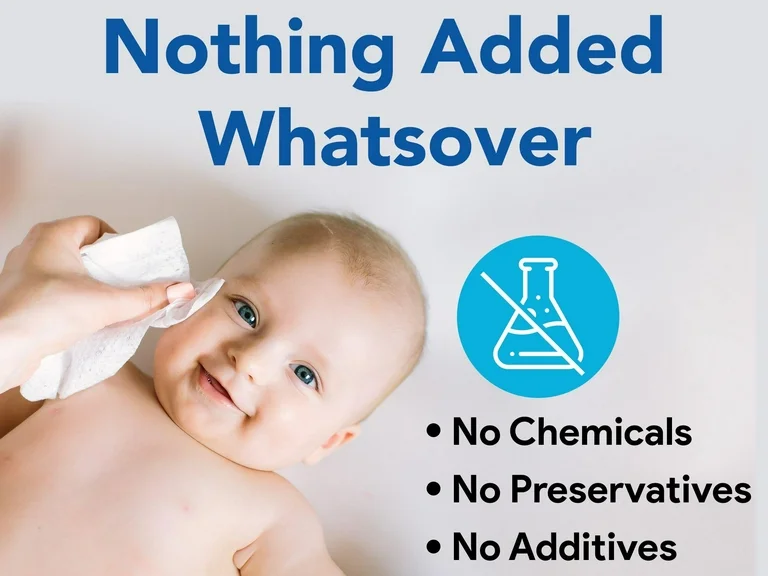
Preservatives in khăn ướt have always been a point of controversy. As consumer awareness grows, manufacturers are under increasing pressure to use gentler, safer, and more effective hệ thống bảo quản. Technological advancements have indeed introduced new raw materials with preservative-like effects, offering an alternative to traditional preservatives. However, some brands take advantage of this progress by labeling their products as having “không thêm chất bảo quản” to attract health-conscious consumers.
In reality, there is không có tiêu chuẩn toàn cầu thống nhất—either industry-wide or regulatory—to clearly define or measure the term "no added preservatives" in products like khăn lỏng. The phrase is largely a công cụ tiếp thị, rather than a scientifically enforceable claim.
“Không thêm chất bảo quản” có nghĩa là gì?
According to EU guidelines and the EU Cosmetics Directive 76/768, a more accurate interpretation of "no added preservatives" should be: the product does không bao gồm nguyên liệu thô được thêm chỉ cho chức năng bảo quản của chúng during production and sales. This includes not only substances officially listed as preservatives, but also ingredients added for other purposes (e.g., as solvents, humectants, or emollients) that happen to triển lãm hoạt động bảo quản.
Nguyên liệu thô phổ biến với tác dụng chống trùng (được sử dụng trong khăn lau lỏng)
Many of these multi-functional ingredients are used in khăn lỏng formulas, and while not labeled as preservatives, they serve a similar purpose. Here are some examples:
01. Polyol
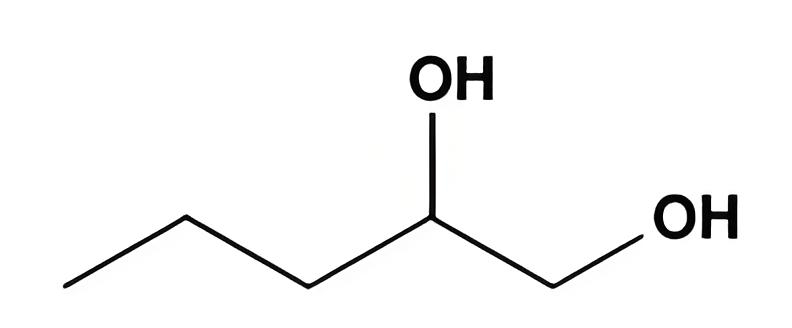
Đây là các tác nhân đa chức năng phổ biến cung cấp lợi ích dưỡng ẩm và kháng khuẩn:
·
1,2-Pentanediol (INCI: Pentylene Glycol)
·
1,2-Hexanediol (INCI: 1,2-Hexanediol)
·
Caprylyl Glycol (INCI: Caprylyl Glycol)
·
Decanediol (INCI: Decylene Glycol)
·
Ethylhexylglycerin (INCI: Ethylhexylglycerin)
·
Polyol làm gián đoạn màng tế bào vi khuẩn, làm suy giảm khả năng sinh sản của chúng. Tuy nhiên, hiệu quả và tác dụng phụ của chúng khác nhau:
·
1,2-Pentanediol and 1,2-Hexanediol may cause stickiness at high concentrations.
·
Caprylyl Glycol may cause tingling sensations, especially in sensitive skin, unless balanced by other agents.
·
Decanediol has weak antibacterial properties but is synergistic with traditional preservatives.
·
Ethylhexylglycerin affects bacteria by lowering the surface tension of microbial membranes and often works alongside other preservatives.
·
These are frequently present in khăn lỏng, helping to extend shelf life while not being officially categorized as preservatives.
02. Parahydroxyacetophenone
· 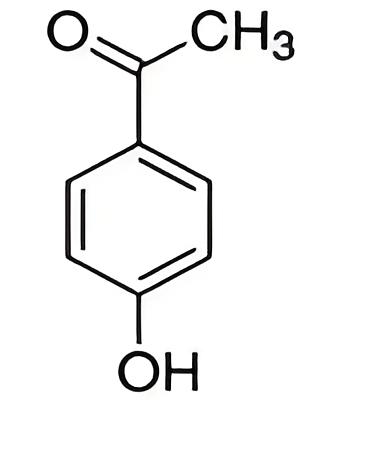
INCI: Hydroxyacetophenone
·
A multifunctional agent with chất chống oxy hóa, chống kích ứng, and khử trùng properties.
·
Thường được sử dụng trong các công thức lỏng lau để tăng cường hiệu quả của các chất bảo quản khác.
·
Cẩn thận: khả năng không tương thích với protein có thể gây biến màu.
·
03. Axit Caprylhydroxamic

INCI: Axit Caprylhydroxamic
·
Hoạt động bằng cách hạn chế sự sẵn có của sắt, ức chế sự phát triển của khuôn mốc.
·
Most effective in trung lập hoặc axit nhẹ environments, ideal for khăn lỏng.
·
Yêu cầu các chất chelating (ví dụ: EDTA) để duy trì sự ổn định.
·
04. Chiết xuất thực vật
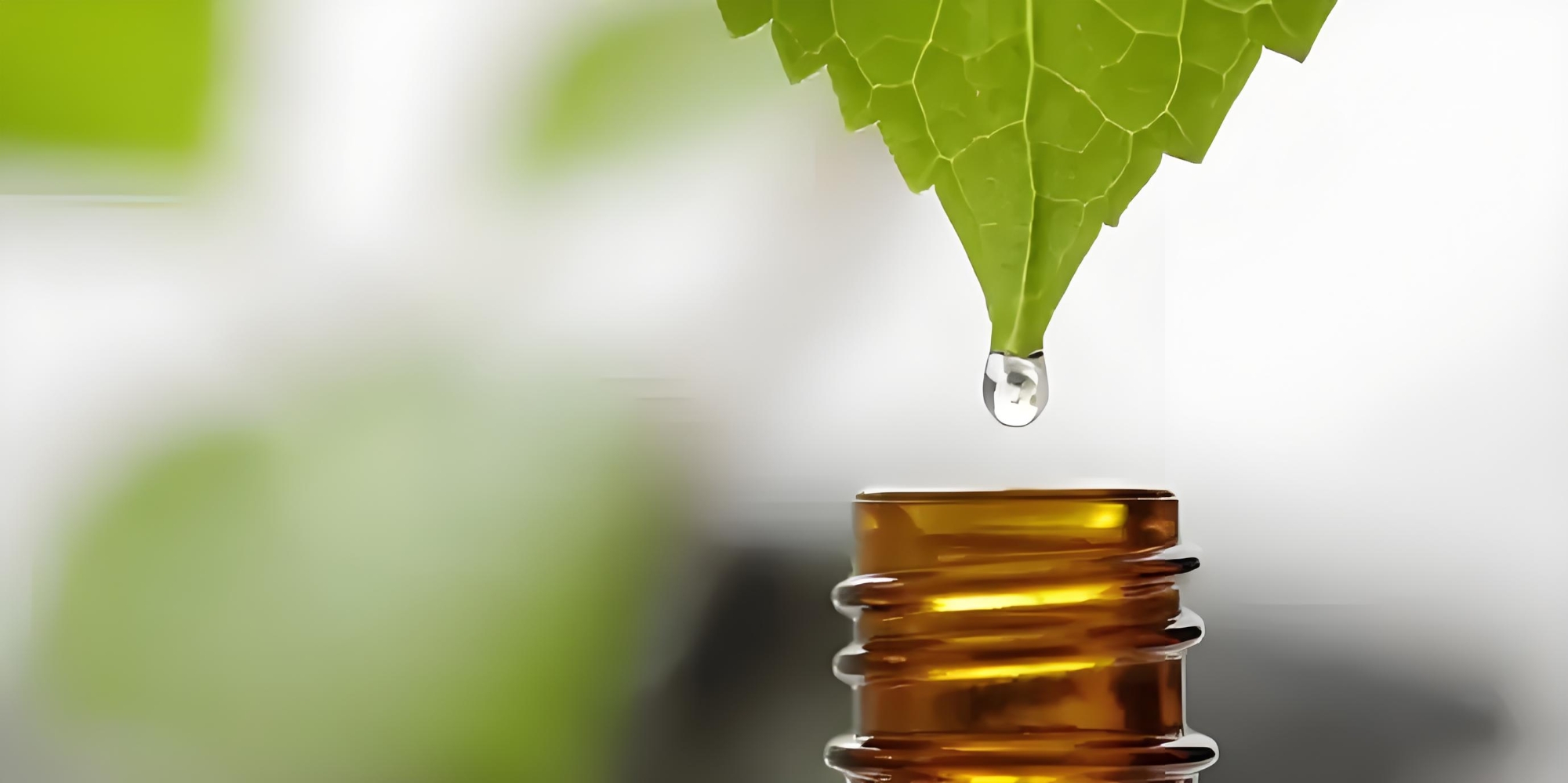
Các lựa chọn thay thế tự nhiên được thúc đẩy vì tác dụng kháng khuẩn của chúng. Ví dụ:
·
Chiết xuất rễ Scutellaria, Artemisia argyi, Lactobacillus lên men, etc.
·
·
Commercial blends: SEC-CP, NataPres, EURO-NApre
·
Thách thức:
·
Mược hơn chất bảo quản truyền thống
·
Vấn đề ổn định do pH không nhất quán trên các lô
·
Prone to vấn đề tương thích and thay đổi màu sắc in formulations
·
Những thành phần này ngày càng trở nên phổ biến trong các sản phẩm lỏng khăn tự nhiên, nhưng các hạn chế của chúng phải được hiểu rõ ràng.
Các thuốc chống trùng chức năng khác
·
Sorbitan Octanoate
·
axit p-anisic
·
Chitosan – works by chelating key metal ions, thus inhibiting microbial growth.
·
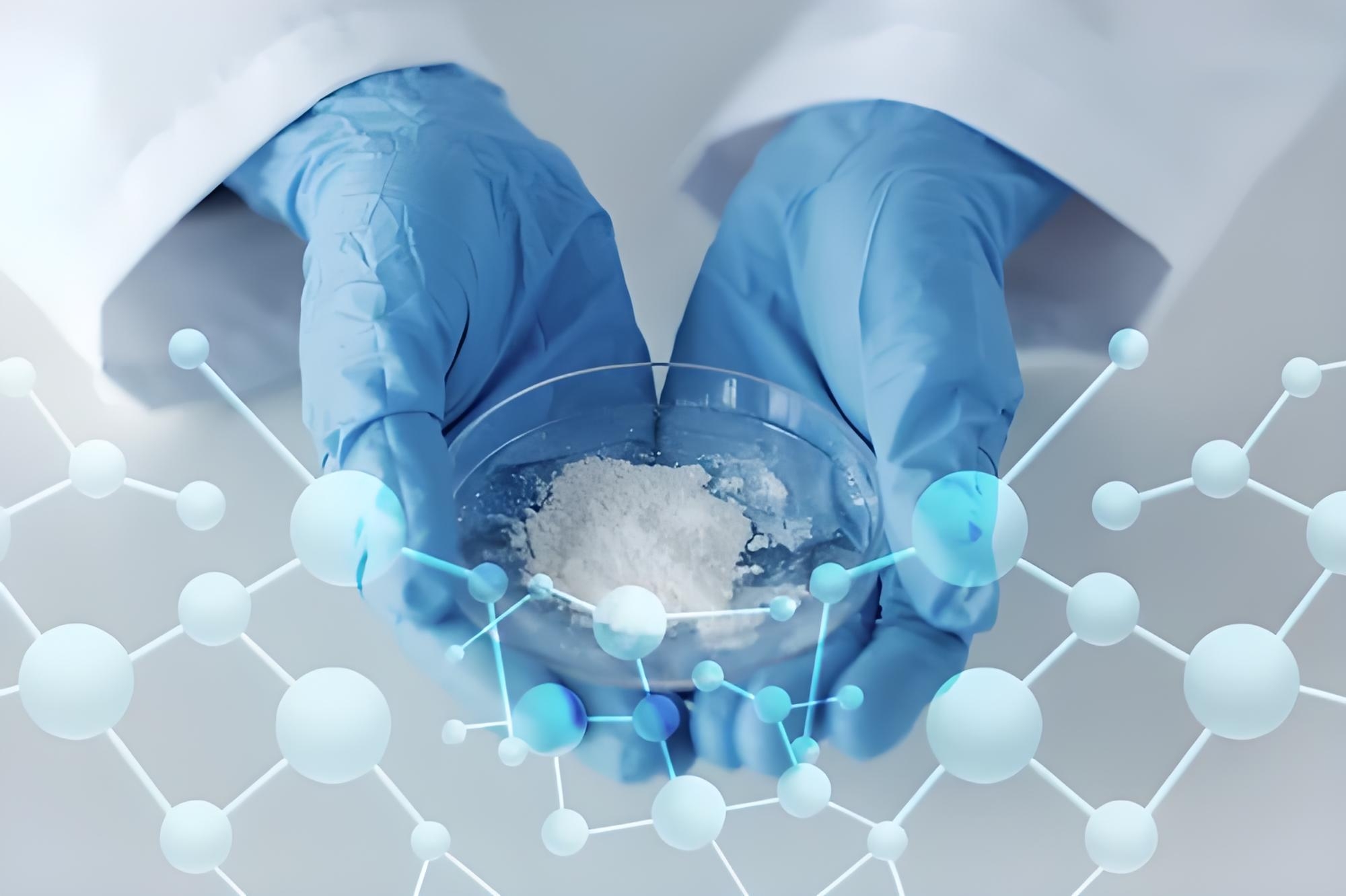
Key Takeaway cho người tiêu dùng và nhà sản xuất
Preservatives are không chỉ được xác định bởi nhãn quy định. Any substance that inhibits microbial growth, including many found in khăn lỏng, plays a vai trò bảo quản—regardless of how it's labeled.
Using “no added preservatives” as a marketing hook—while still including polyols, chelating agents, or natural extracts that perform preservative functions—is nhầm lẫn. It blurs the line between transparency and deception.
For manufacturers, making such claims without full disclosure is not just unethical—it risks long-term trust. Regulatory frameworks may eventually catch up, but until then, công thức có trách nhiệm và dán nhãn trung thực are vital.
Suy nghĩ cuối cùng: Whether it’s a classic preservative or a dual-function ingredient in a khăn lỏng, the goal remains the same: to ensure safety, prevent contamination, and maintain product stability. It’s time we shifted from buzzwords to clarity—for the benefit of both consumers and the industry.






 vn
vn
 English
English
 USA
USA
 西班牙语
西班牙语
 俄罗斯
俄罗斯
 葡萄牙
葡萄牙
 印尼
印尼
 巴基斯坦
巴基斯坦
 尼日利亚
尼日利亚
 孟加拉
孟加拉
 墨西哥
墨西哥
 日本
日本
 韩国
韩国

